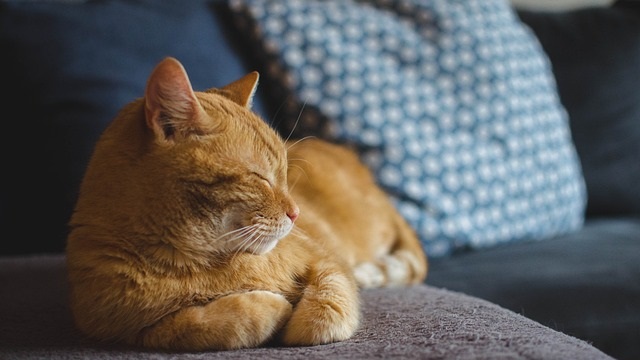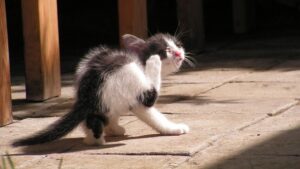Can Cats Be Allergic to Pollen? How It Affects Their Skin Health
Your feline friend is just as susceptible to seasonal allergies as you are, and even the symptoms can match. If you’ve started to notice constant scratching, coughing, or a blocked nasal cavity, then it’s very likely that your cat could be allergic to pollen, especially during Spring and Summer. In fact, if left untreated, they can lead to more serious symptoms, making it crucial to catch the signs early on and react.
Key Takeaways
- Cats can develop pollen allergies, often showing up as skin problems.
- Common signs include itching, hair loss, and coughing.
- Diagnosis requires ruling out other causes and may include skin or blood tests.
- Home care helps, but vets may prescribe medication or allergy shots.
- Innovative tools like Maven catch early symptoms and give peace of mind.
Can Cats Be Allergic to Pollen?
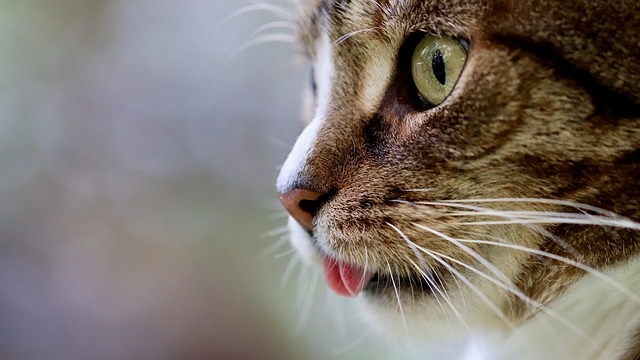
Cats can develop allergies to pollen. No doubt about it. If you want to point a finger at someone or something, look no further than grasses, trees, and weeds, all the known culprits when it comes to environmental allergens.
This type of allergy is also known as atopic dermatitis, since it affects the skin, and studies done by using intradermal testing have shown that many cats with atopic dermatitis have strong reactions to pollen. Namely, one Australian study observed positive reactions to pollen in 61% of such cases.
The most common ways for pollen allergies to manifest are through dermatologic signs. We are talking about intense itching, hair loss, excessive grooming (even for cats), and lesions emerging. Sometimes, the allergy can have respiratory symptoms as well, such as coughing and wheezing, which can have you thinking about whether or not it’s asthma your cat is dealing with.
Actually, there can be some involvement on a bronchial or lower airway level and even experience eosinophilic inflammation, all due to sensitivity to pollen.
How Pollen Allergies Affect Cats’ Skin Health
When pollen allergies come knocking, it’s the cat’s skin that answers the call. You may notice your cat scratching excessively, licking or chewing their fur, and even pulling out patches of hair. Sadly, this can lead to bald spots, open sores, or scabs, especially around the face, neck, and belly, all sensitive areas.
A pollen allergy is a gateway to atopic dermatitis, which is a skin condition that makes the skin barrier more fragile and prone to secondary infections. Some cats also develop eosinophilic plaques or granulomas, which are these red, raised lesions linked to allergic reactions.
The takeaway? If seasonal itching becomes persistent, it’s time for a vet check.

Is Maven right for your pet?
Take the quiz and see how Maven can support your pet’s wellness journey.
Signs Your Cat May Have a Pollen Allergy
When you think of it, plenty of symptoms that are related to allergic reactions to pollen can also overlap with other conditions, so it’s tricky to spot them. Still, here are some hallmark signs that tend to flare up during high-pollen seasons:
- Incessant cratching, licking, or chewing of the skin and paws
- Hair loss, often due to excessive grooming
- Red skin with scabs and crusts
- Sneezing and coughing
- Watery eyes
- Breathing issues indicative of asthma
- Recurring ear infections
These symptoms can escalate quickly if left unchecked. A cat that’s constantly itching or struggling to breathe is at significant risk of developing skin infections or chronic inflammation.
Diagnosing Pollen Allergies in Cats
Diagnosing pollen allergies in cats is usually done through a physical and medical exam, and to narrow things down, the vets typically resort to the following:
- Exclusion trials – This is done to rule out food allergies or parasites first, before taking it a step further and doing lab work
- Intradermal skin testing – This procedure involves injecting small amounts of allergens under the skin to check if your cat’s skin will react, and is a method considered the gold standard in veterinary dermatology
- Serologic blood tests – These blood tests are designed to check for allergen-specific IgE antibodies, often used when skin testing isn’t practical
Note that no single test is perfect. The diagnosis should come from a combination of ruling out other causes, especially given how symptoms for multiple conditions may overlap, and testing. The sooner you involve your vet, the faster you can start easing your cat’s discomfort. To do this, what you need is a cat health tracker. A device that can track anything from the respiratory rate to itch behaviors, all of which can help diagnose the issue.
At-Home Management and Vet Treatments
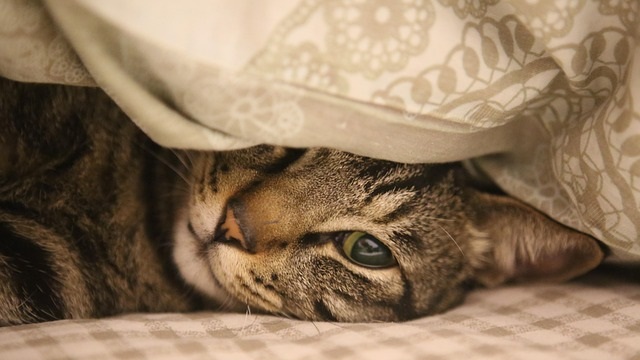
There are steps you can take at home to help your cat. It all starts with hygiene. Make sure to wipe your cat’s fur and paws with a damp cloth after outdoor exposure, because this way you can reduce pollen build-up. Additionally, keeping windows closed and running an air purifier can help filter the air and limit allergens that enter the room.
Now, there is only so much you can do at home, really. When the time comes for vets to take command of the treatment, then it’s all about antihistamines and corticosteroids to treat the skin and alleviate the itching. When the issue persists, vets may recommend allergy shots that will make your cat less sensitive to allergies.
A Word from an Expert
“Pollen allergies can cause significant discomfort for cats, often showing up as skin irritation rather than sneezing or watery eyes. Tracking your cat’s scratching and grooming habits can be key to catching these flare-ups early.” – Carolina Domingues, DVM, Veterinarian at Maven Pet on pollen allergies in cats
The need to employ a pet health tracker is becoming increasingly dire, especially if symptoms worsen and you need to catch them quickly.
How the Maven Pet Health Monitor Helps Track Skin-Related Allergy Symptoms
Maven helps pet parents stay one step ahead with accurate, real-time monitoring that no other pet health app can match. It’s a complex AI-powered health monitoring system designed to pick up on subtle changes, such as increased scratching, altered rest patterns, or changes in breathing that may point to skin allergies or other concerns.
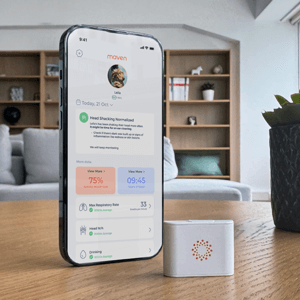
Maven Pet
Health Monitor
#1 Vet-recommended pet monitor! Tracks activity, rest, respiratory rate, water intake, scratching and other health indicators 24/7
Here’s how it works. The lightweight sensor clips to your cat’s collar and collects data you can track in the Maven app. Maven’s proprietary AI analyzes behavior and vitals to identify early signs of health issues. If any issues pop up, you’ll get an alert with all the details.
Conclusion
Pollen allergies in cats are more common than we think, so it’s essential to spot the signs early. To do that, you should rely on smart tools like Maven to monitor hidden symptoms and alert you if there are signs of a developing condition. Early action can truly make a difference, high season or not, so equip yourself with everything you can to help your furry friend.
Maven Pet focuses on improving the quality of life of our pets with technology, using artificial intelligence (AI) to enable proactive pet care. By accurately collecting and monitoring pet data 24/7 and flagging any irregularities, Maven Pet empowers pet parents and veterinarians to stay ahead of potential health issues, ensuring the well-being and longevity of our beloved companions.

